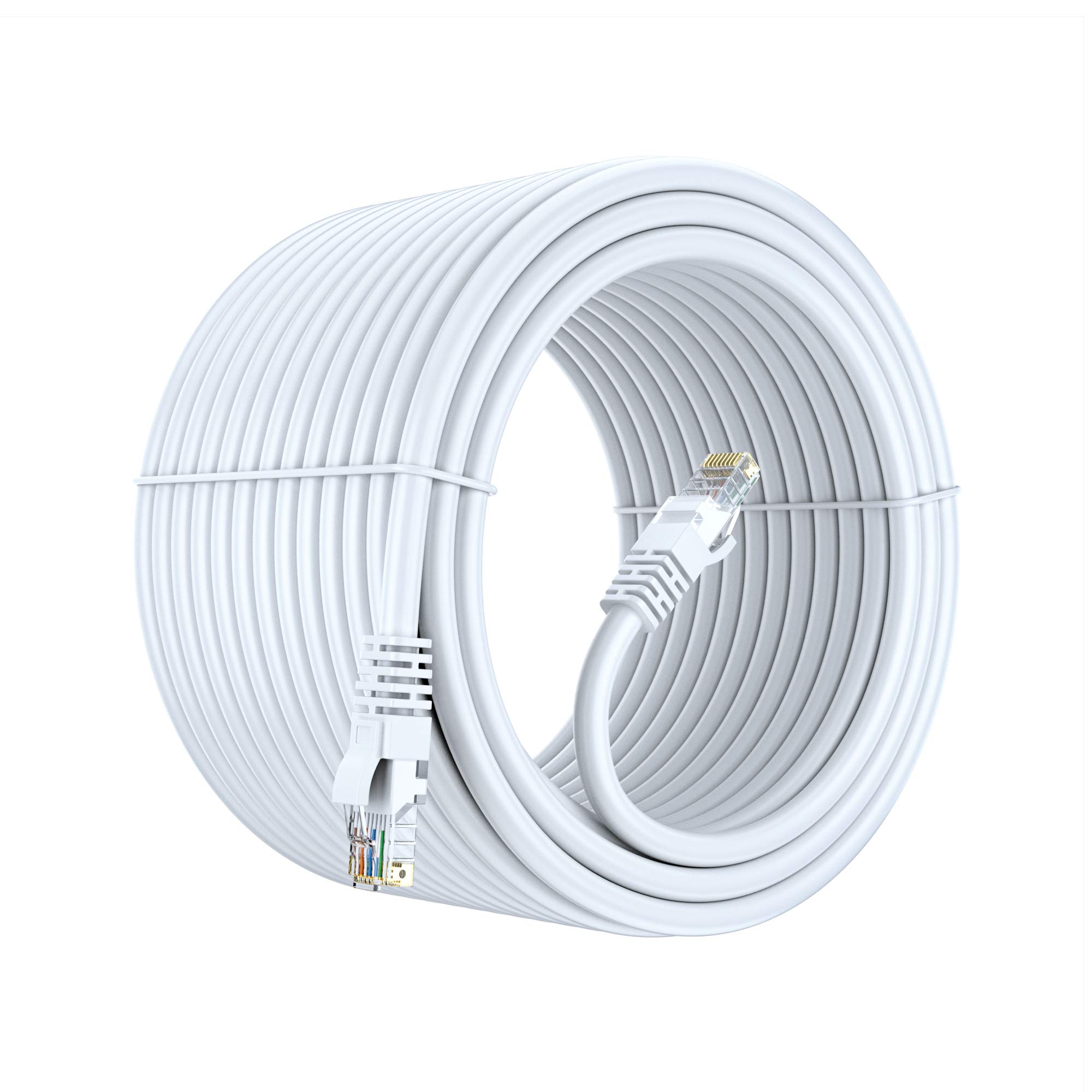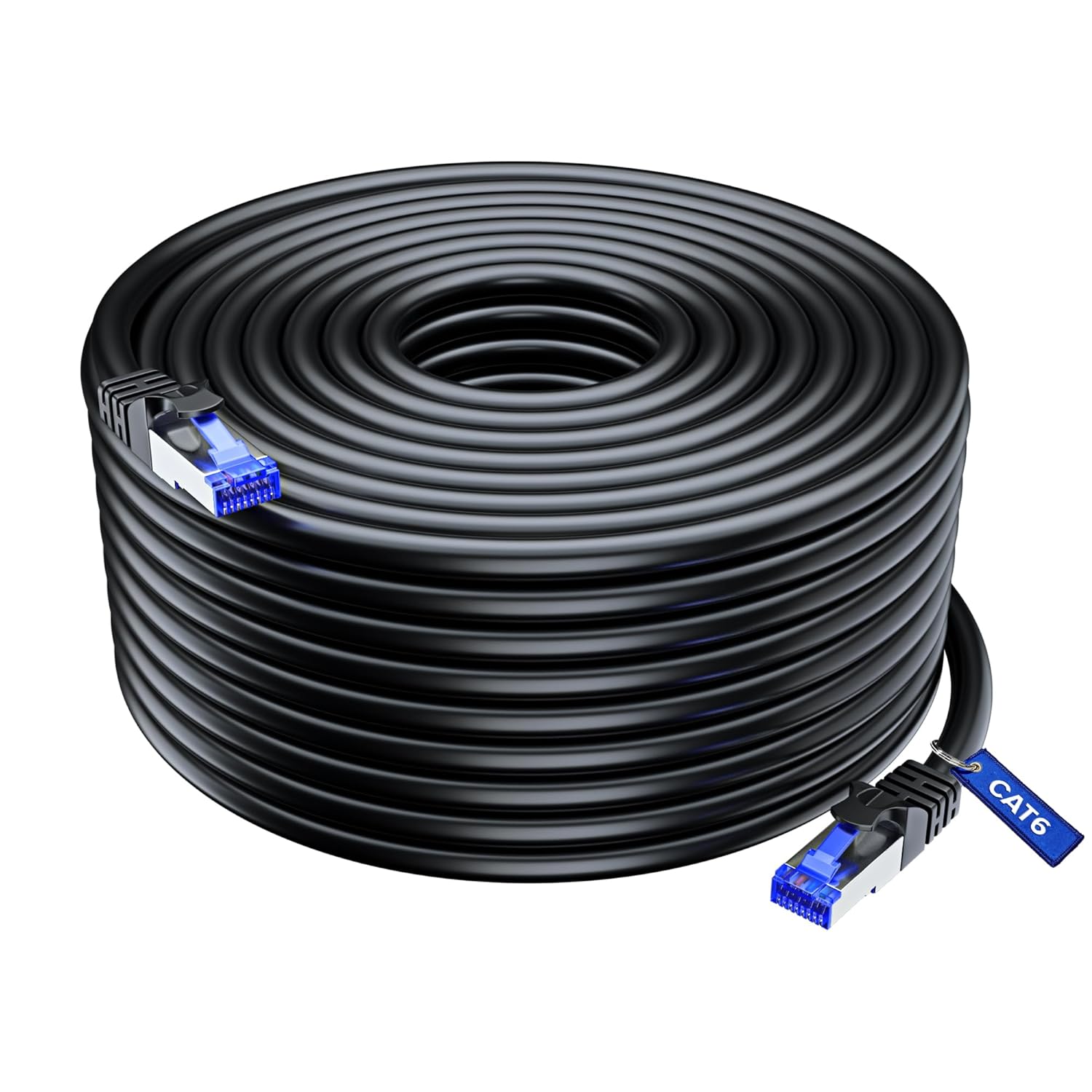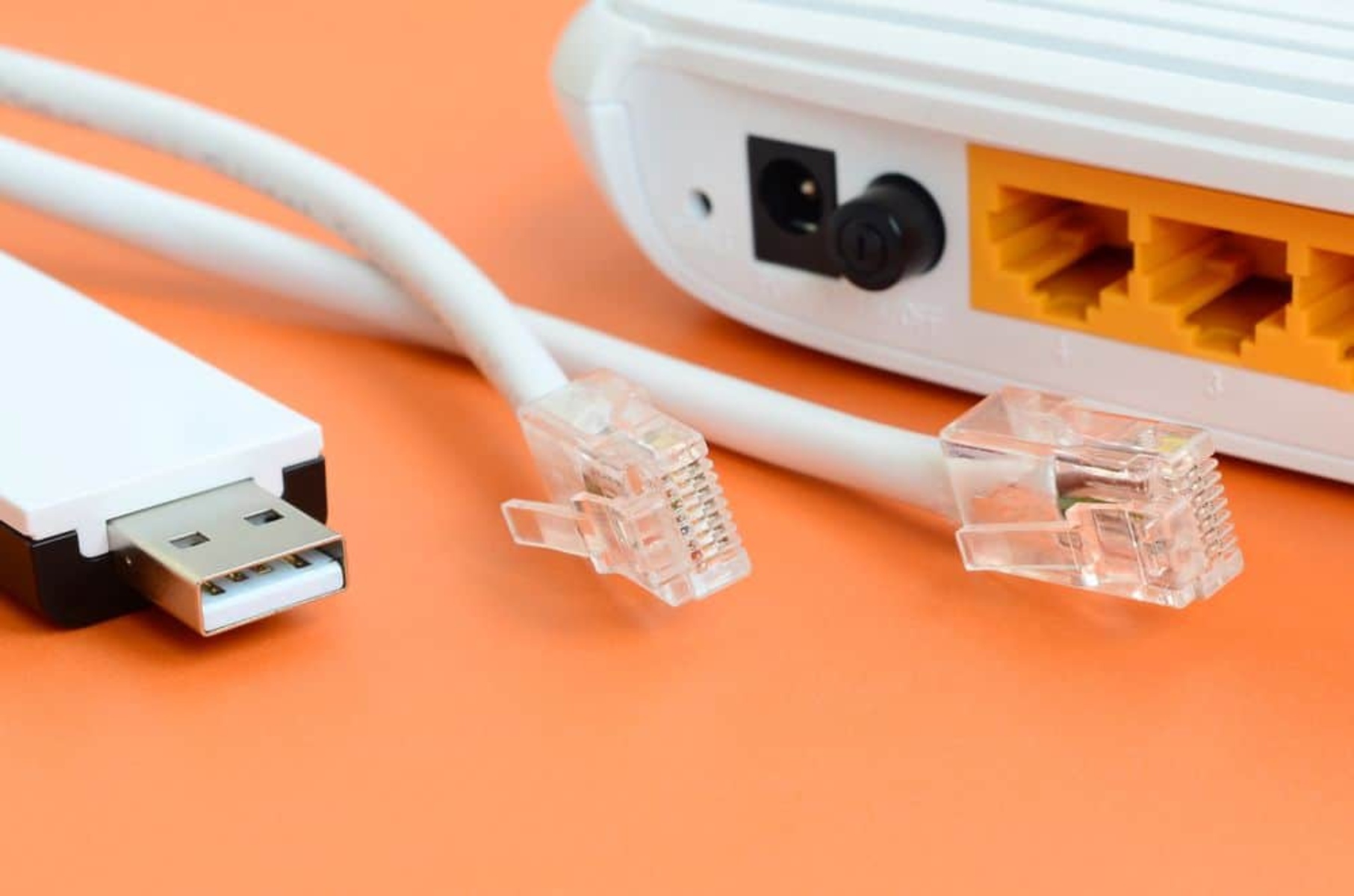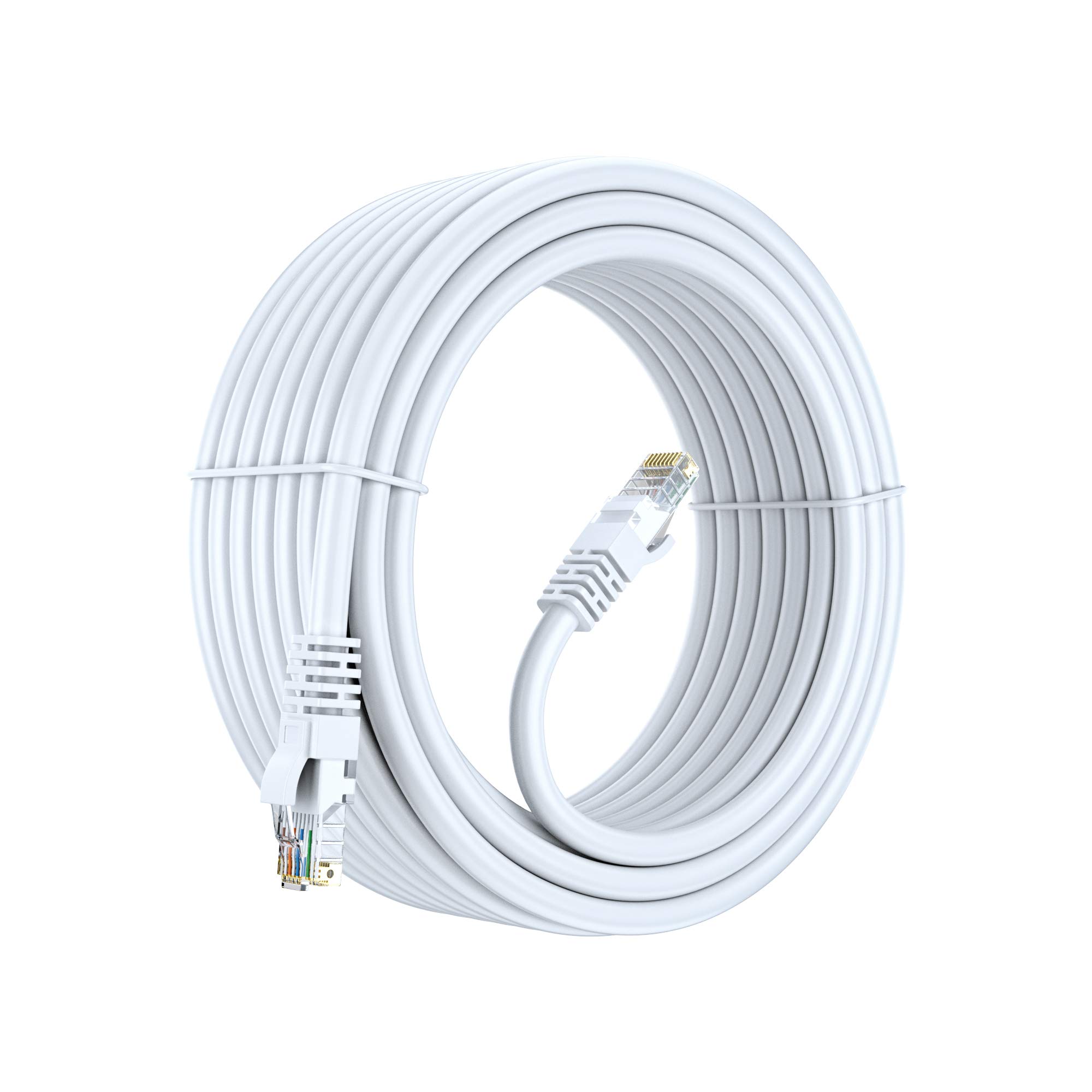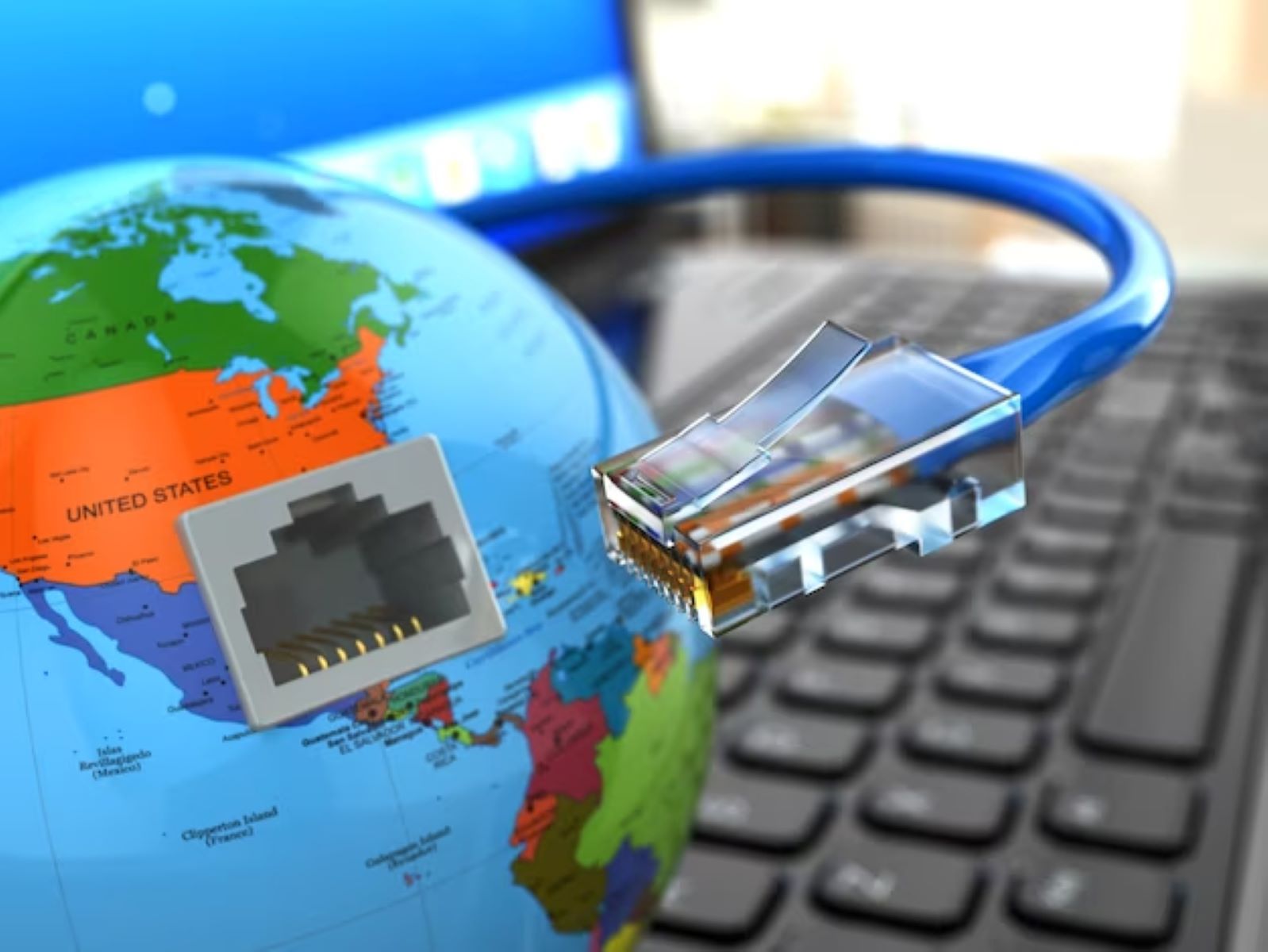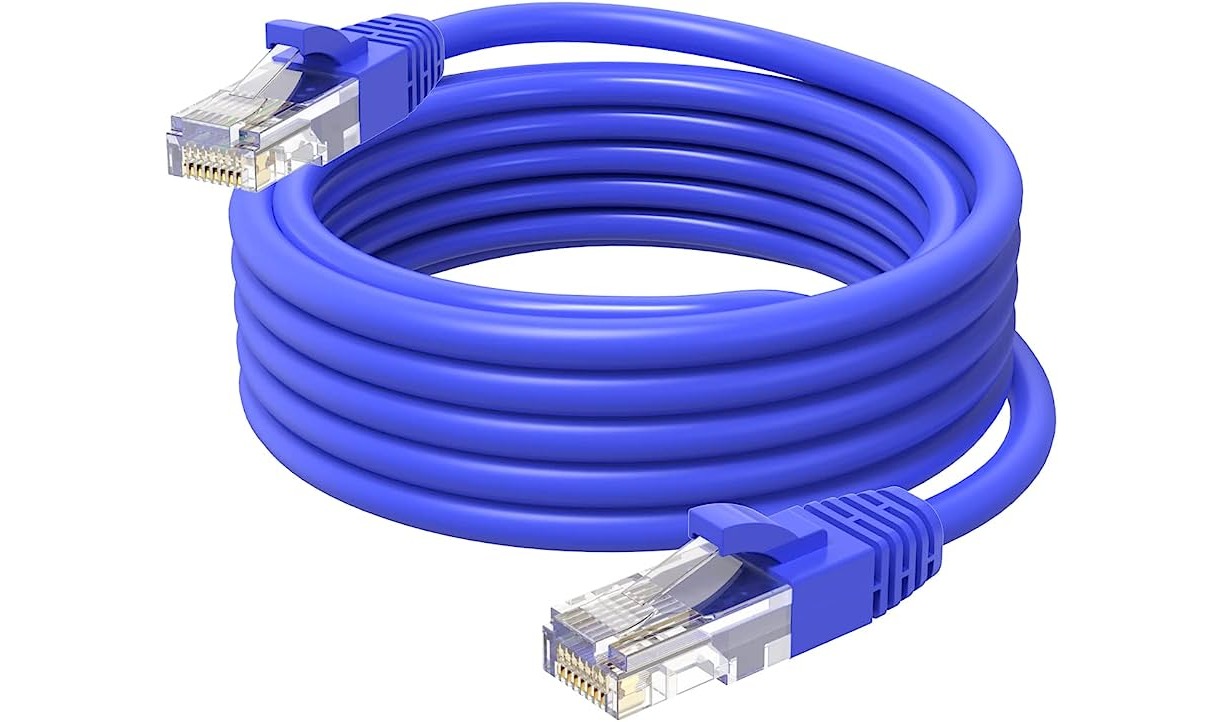Introduction
When attempting to connect a network switch directly to an internet provider cable, various technical challenges may arise, leading to connectivity issues. Understanding the intricacies of network infrastructure and the role of a network switch is crucial in addressing these challenges effectively. This article will delve into the fundamental aspects of network switches, how internet provider cables connect to them, potential issues that may arise from a direct connection, and viable solutions to ensure seamless connectivity.
Navigating the complexities of network connectivity can be daunting, especially when troubleshooting issues related to direct connections between internet provider cables and network switches. By gaining insights into the underlying mechanisms and potential pitfalls, individuals can make informed decisions and implement effective solutions to address connectivity issues. This article aims to provide a comprehensive understanding of the factors influencing the functionality of network switches when directly connected to internet provider cables, equipping readers with the knowledge needed to troubleshoot and resolve such issues effectively.
In the subsequent sections, we will explore the role of a network switch and its significance in network infrastructure, elucidate how internet provider cables are typically connected to network switches, identify potential issues that may arise from direct connections, and propose practical solutions to ensure optimal connectivity. By delving into these key aspects, readers will gain a deeper understanding of the intricacies involved in connecting network switches to internet provider cables and be better equipped to address related challenges.
Understanding the Role of a Network Switch
Before delving into the complexities of connecting a network switch directly to an internet provider cable, it is essential to comprehend the pivotal role that a network switch plays in the architecture of a computer network. A network switch serves as a central communication hub, facilitating the seamless transmission of data between multiple devices within a local area network (LAN). Unlike a hub, which broadcasts data to all connected devices, a switch intelligently forwards data only to the intended recipient, optimizing network efficiency and bandwidth utilization.
Network switches operate at the data link layer (Layer 2) of the OSI model, enabling the establishment of direct connections between devices through the use of MAC addresses. When a data packet arrives at a switch, it examines the destination MAC address and forwards the packet exclusively to the port connected to the intended recipient, minimizing unnecessary network traffic and enhancing overall network performance. This process, known as packet switching, is fundamental to the seamless and efficient operation of modern computer networks.
Furthermore, network switches often incorporate advanced features such as VLAN support, Quality of Service (QoS) capabilities, and port mirroring, empowering network administrators to segment and prioritize network traffic, as well as monitor and analyze data flows for diagnostic and security purposes. These capabilities are instrumental in optimizing network functionality and ensuring the smooth operation of interconnected devices.
Understanding the critical role of a network switch in managing data traffic and facilitating efficient communication among networked devices is paramount in comprehending the potential challenges associated with connecting an internet provider cable directly to a switch. By grasping the fundamental functions and capabilities of network switches, individuals can better appreciate the complexities involved in establishing and maintaining robust network connectivity.
How Internet Provider Cable Connects to a Network Switch
Connecting an internet provider cable to a network switch requires a clear understanding of the typical network architecture and the role of the internet provider in delivering connectivity to end-user networks. Internet service providers (ISPs) often deploy various technologies, such as digital subscriber line (DSL), cable modems, fiber optics, or Ethernet, to establish a connection between the user’s premises and the broader internet infrastructure. In the context of a local area network (LAN) comprising multiple devices interconnected through a network switch, the connection to the internet provider cable is typically facilitated through a router or a modem.
Traditionally, a router or modem serves as the intermediary device that interfaces between the internet provider cable and the local network, managing the transmission of data between the LAN and the wider internet. In scenarios where a network switch is employed to interconnect multiple devices within the LAN, the router or modem is connected to one of the switch’s ports, effectively integrating the internet connectivity into the local network environment. This configuration enables all devices connected to the switch to share the internet connection provided by the ISP, fostering seamless internet access and data transmission.
It is important to note that the specific method of connecting the internet provider cable to the network switch may vary based on the network infrastructure and the capabilities of the ISP’s equipment. For instance, in environments where a modem is utilized to establish the internet connection, the modem may directly interface with the network switch, granting all connected devices access to the internet. Alternatively, in scenarios where a router is employed, the router serves as the gateway for internet traffic and is connected to the network switch, effectively extending internet connectivity to the entire LAN.
Understanding the intricacies of how the internet provider cable connects to a network switch is crucial in troubleshooting connectivity issues that may arise when attempting to establish a direct connection. By comprehending the typical network architecture and the role of intermediary devices such as routers and modems, individuals can effectively diagnose and address connectivity challenges, ensuring the seamless integration of internet connectivity into the local network environment.
Potential Issues with Directly Connecting Internet Provider Cable to a Network Switch
Directly connecting an internet provider cable to a network switch can introduce a host of potential issues that may impede the seamless operation of the network infrastructure. One of the primary challenges associated with this direct connection is the absence of a routing or gateway device, such as a router or modem, to manage the transmission of data between the LAN and the internet. Without this intermediary device, several issues may arise, including:
- IP Address Assignment: In the absence of a DHCP (Dynamic Host Configuration Protocol) server typically provided by a router or modem, devices connected to the network switch may encounter difficulties in obtaining valid IP addresses, hindering their ability to communicate effectively within the network and access the internet.
- Network Address Translation (NAT): Without a NAT mechanism provided by a router, devices within the LAN may face challenges in translating private IP addresses to the public IP address assigned by the ISP, potentially leading to communication errors and connectivity issues.
- Security Vulnerabilities: Directly connecting to the internet provider cable without the protective functions of a router may expose devices within the LAN to security risks, as they lack the inherent firewall and network address translation capabilities that a router typically provides, leaving them more susceptible to external threats.
Furthermore, the absence of a routing device may lead to suboptimal network performance, as the lack of traffic management and quality of service (QoS) capabilities can result in congestion and inefficient data transmission within the network. Additionally, the direct connection may limit the ability to implement network segmentation and access control measures, potentially compromising the overall security and manageability of the network.
By understanding and anticipating these potential issues, individuals can proactively address the challenges associated with directly connecting the internet provider cable to a network switch, thereby ensuring the robustness and security of the network infrastructure. In the subsequent section, we will explore practical solutions to mitigate these issues and establish effective connectivity between the internet provider cable and the network switch.
Solutions for Connecting Internet Provider Cable to a Network Switch
To address the challenges associated with directly connecting the internet provider cable to a network switch, several viable solutions can be implemented to ensure seamless connectivity and optimal network performance. These solutions are designed to mitigate the potential issues arising from the absence of a routing device and to establish a robust and secure network environment. Some effective strategies include:
- Integration of a Router: Incorporating a router into the network infrastructure serves as a fundamental solution to facilitate the seamless connection between the internet provider cable and the network switch. By connecting the router to the network switch and configuring it to manage IP address assignment, network address translation (NAT), and firewall protection, individuals can establish a secure and efficient gateway for internet traffic, addressing the inherent challenges of direct connection.
- Utilization of a Managed Switch: Deploying a managed switch with advanced networking features, such as VLAN support and QoS capabilities, enables individuals to implement network segmentation, prioritize traffic, and optimize data transmission within the LAN. This approach enhances network manageability and security, mitigating the limitations associated with directly connecting to the internet provider cable.
- Implementation of DHCP Services: Configuring a dedicated DHCP server within the network environment, either through a router or a standalone server, facilitates automatic IP address assignment to devices connected to the network switch. This solution alleviates the challenges of manual IP address configuration and ensures seamless communication within the network.
Additionally, individuals can explore the option of utilizing network address translation (NAT) capabilities through software-based solutions or dedicated devices to manage the translation of private IP addresses to the public IP address provided by the ISP, enhancing the compatibility and security of the network infrastructure.
By implementing these solutions, individuals can effectively overcome the potential challenges associated with directly connecting the internet provider cable to a network switch, ensuring the establishment of a robust, secure, and well-managed network environment. These strategies empower network administrators and users to optimize network performance, enhance security, and foster seamless connectivity within the local area network.
Conclusion
Understanding the intricacies of connecting a network switch directly to an internet provider cable is essential for maintaining robust network connectivity and addressing potential challenges effectively. The role of intermediary devices, such as routers and modems, in managing the transmission of data between the LAN and the internet is pivotal in ensuring seamless connectivity and network security. By comprehending the significance of these devices and the potential issues arising from direct connections, individuals can proactively implement solutions to optimize network performance and mitigate security vulnerabilities.
From the fundamental role of a network switch in managing data traffic within a local area network to the complexities of integrating internet provider cables into the network infrastructure, this article has provided valuable insights into the challenges and solutions associated with direct connections. By exploring the potential issues, including IP address assignment, network address translation, and security vulnerabilities, individuals can anticipate and address connectivity challenges effectively, fostering a more resilient and secure network environment.
Furthermore, the proposed solutions, such as integrating routers, utilizing managed switches, and implementing DHCP services, offer practical avenues for establishing a robust and well-managed network infrastructure. These strategies empower network administrators and users to optimize network performance, enhance security, and ensure seamless connectivity within the local area network, thereby fostering a more efficient and secure network environment.
By delving into the complexities of network connectivity and the challenges associated with directly connecting internet provider cables to network switches, individuals can navigate potential issues with confidence and implement effective solutions to ensure the seamless integration of internet connectivity into the local network environment. Armed with this knowledge, network administrators and users can proactively address connectivity challenges, optimize network performance, and foster a secure and efficient network environment.









